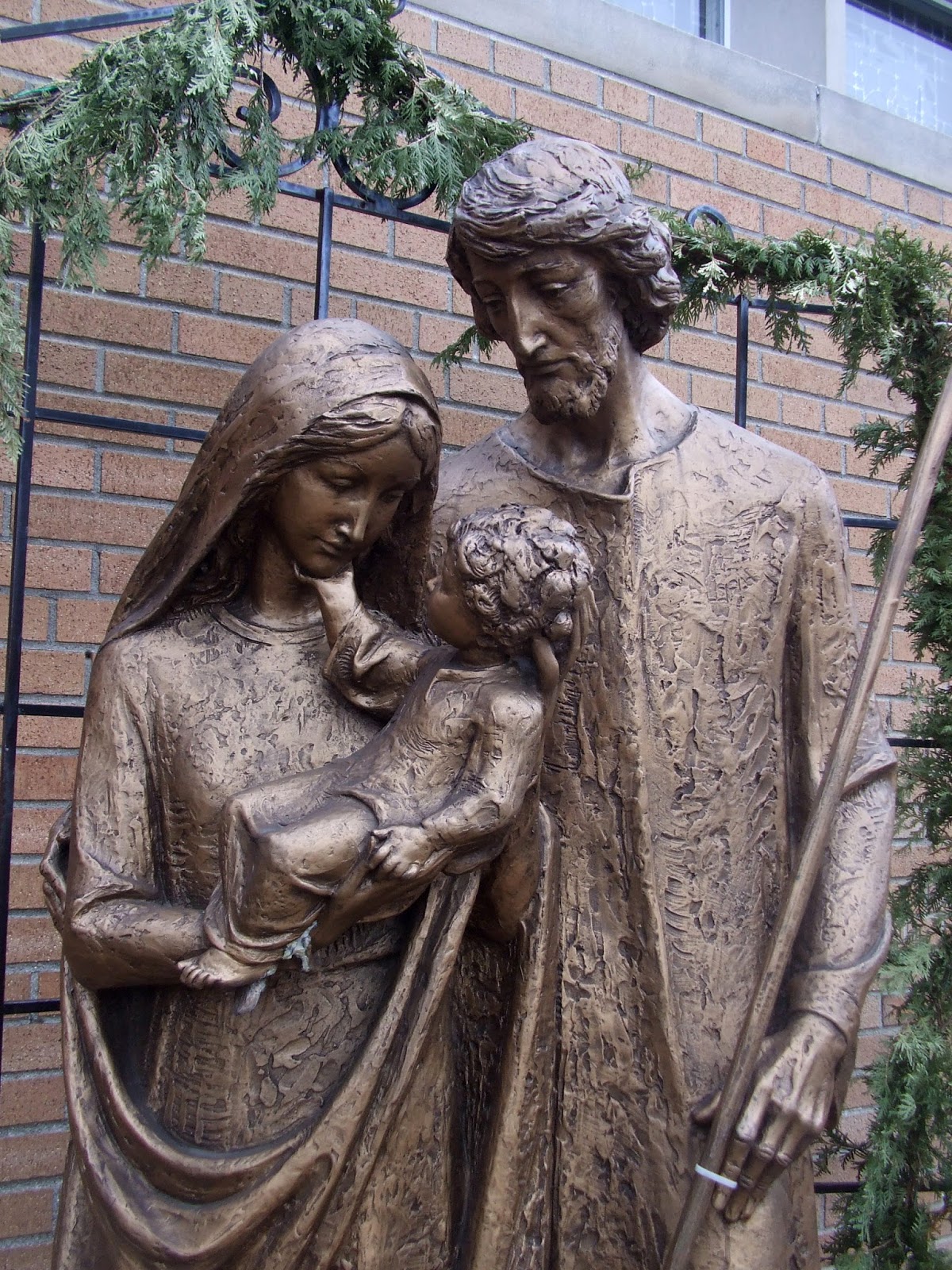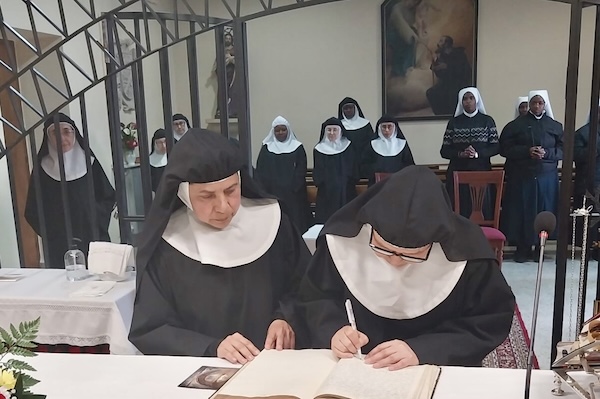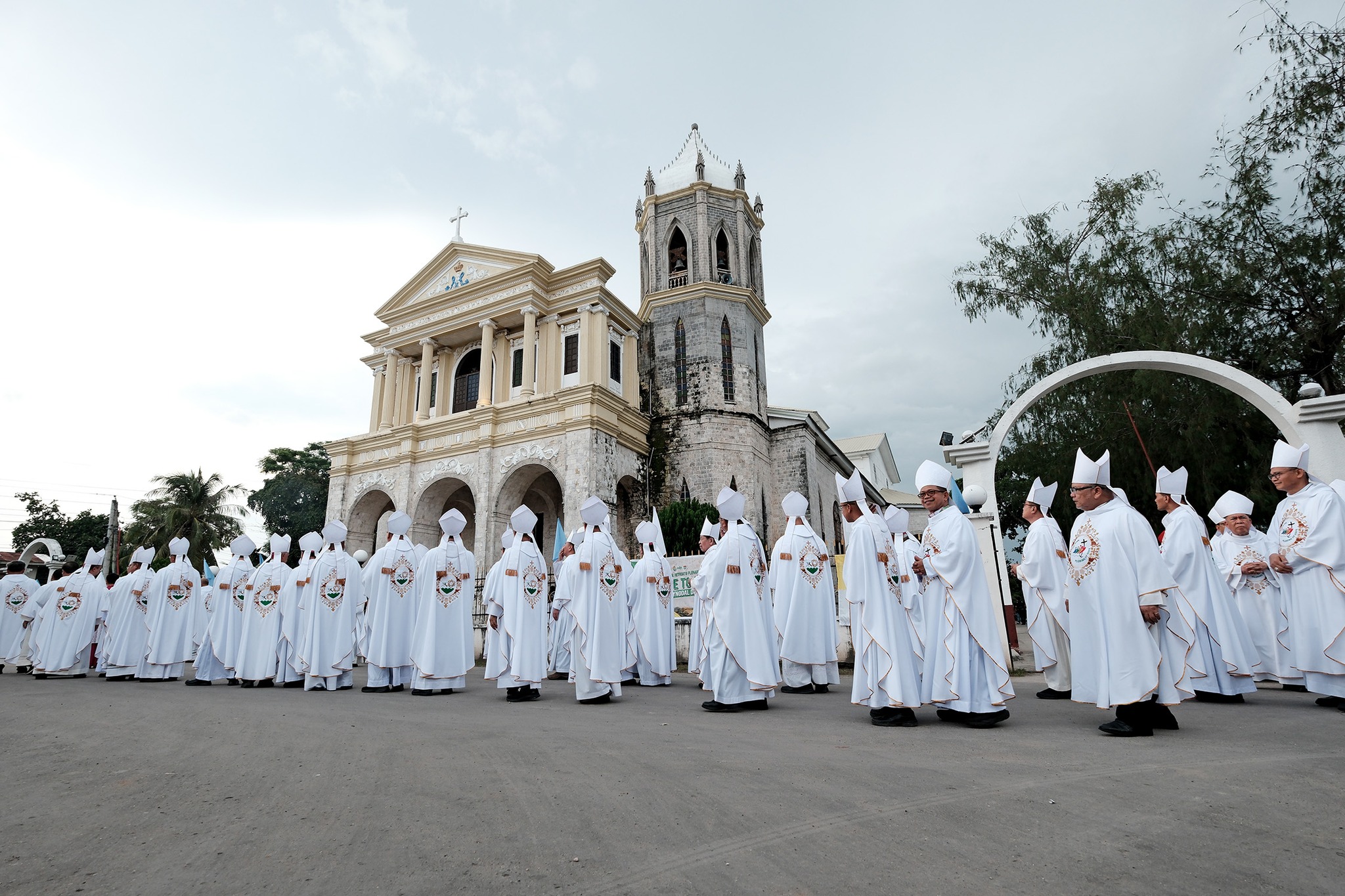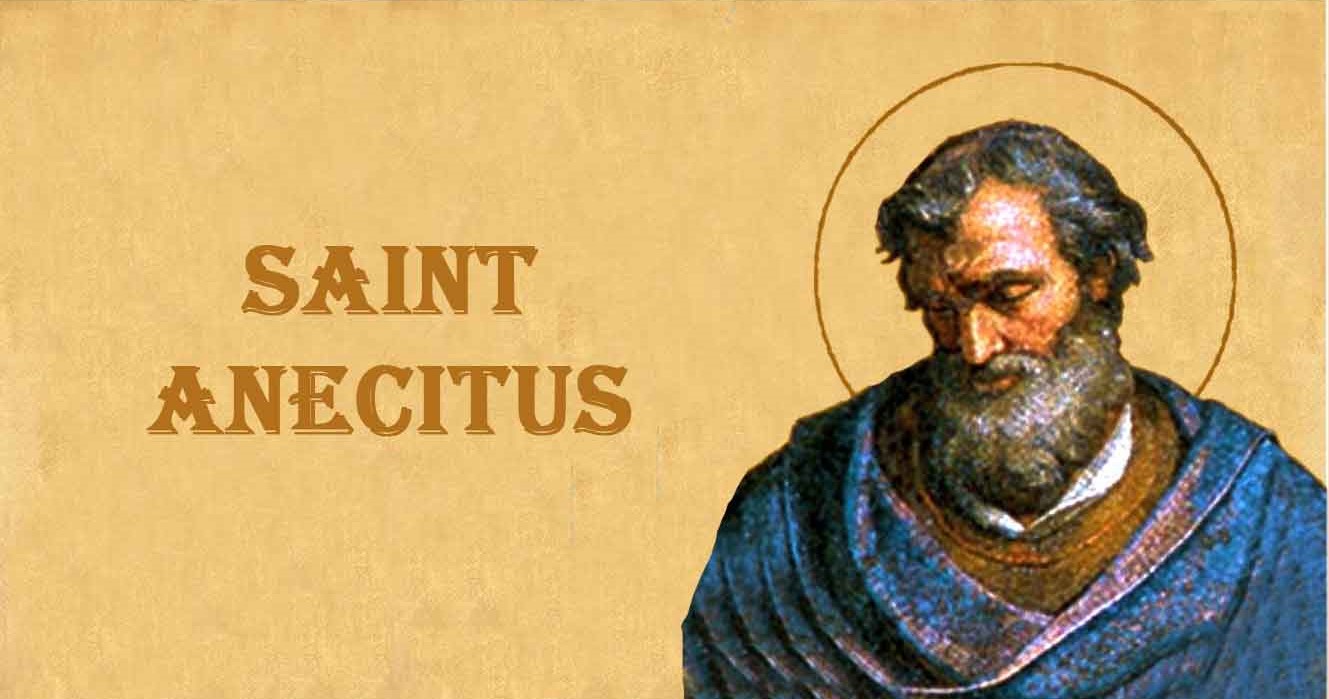FAUSTO GOMEZ OP
A group of tourists visited a small town in Old Castile some time ago. The town was almost abandoned with just a few people living there. The tourists met a farmer and asked him: “Probably few children are born here every year?” The farmer answered: “Only one child every year: the one we place in the manger of Christmas or Belen.”
The family is in crisis today. Often, very few children, especially in the West, growing divorces, abortions, euthanasia – assisted and non-assisted suicides. In this post-modern era, the traditional concepts of marriage and family have become ambiguous – being so diversified and different: from the same sex unions to the umbrella of gender ideology. In Spain, there is currently a project of a bill for Congress that suggests that we should not talk of family anymore, but of families, and it distinguishes 16 kinds of families.
The family is the basic cell of society and, for most people, the most important value in their lives. For instance, the Chinese and oriental cultures. For Christians, the family is a sacred reality, a domestic Church, the main fountain of our faith and of essential values, and “the place where life is conceived and cared for” (Pope Francis, AL 83). For us, the Holy Family of Nazareth continues to be the icon and inspiration for our families.
By the end of December, Christians celebrate the Feast of the Holy Family, and are asked to adore the Child Jesus, the Son of God, venerate Mary, his Mother and wife of Joseph, and venerate Joseph, Jesus’ custodian, Mary’s husband and head of the Holy Family.
SIGNIFICANCE OF THE HOLY FAMILY
From my childhood in my lovely town El Oso (Ávila), I still bring in my heart many memories. Among them, and from high school, a painting of the Flight to Egypt of the Holy Family: Mary with the Child Jesus in her arms mounted on a donkey, and Joseph walking and leading the obedient animal forward to Egypt. I remember our dear teacher Don Jacinto telling us the story of the Holy Family. I felt then deeply sad for the Holy Family: the three had to leave Bethlehem in a hurry. Much later, I realized that the flight to Egypt is a symbol of our life on earth. We are always leaving something or someone, always going somewhere else, always saying “good bye.” Indeed, we are all the time on the way to another destination, which leads – like all others – to the final destination, that is, hopefully and joyfully heaven.
From Egypt, the Holy Family went to their town, to Nazareth. As a young priest, I remember the wonderful meditation of St. Paul VI on his visit to Nazareth on January 5, 1964. Deeply moved, the Holy Father would have liked to go back to his childhood to begin anew, near Mary, and learn the science of life, of divine wisdom. This could not be, Pope Paul VI said, because “I am a simple pilgrim.” So are we all: pilgrims going from Egypt to the Promised Land, or to Nazareth, or to Manila, or to Madrid, or to Macau. Walking patiently and hopefully with other pilgrims – like the Israelites, like the Holy Family – to a better place, to a deeper liberation from selfishness to love – to the love of charity that helps, forgives and shares.
Today, and by the hand of St. Paul VI, we continue learning lessons from Nazareth. Nazareth teaches us first on family life: its meaning, its beauty, its communion of love, its teachings on the basics of life at the personal and social levels. Nazareth teaches us, second on silence: on love of silence, an admirable and needed habit, particularly today when we are disturbed by so much noise, by so many voices of modern life. The silence of Nazareth teaches us of the need of recollection, interior and prayerful life; of the need to be always ready to listen to the inspirations and the teachings of true masters. Paul VI tells us that, we learn a third lesson: on work and its importance in our life (as it was in the life of Joseph, Mary and Jesus), its creative and redemptive dimension; the great dignity of workers. We remember today the tragedy of unemployment and the growing number of poor people, caused by “the tempest of the pandemic” (Pope Francis) and the wars: not only of Ukraine but also of many regional wars that increase hatred and divisions among nations and citizens.
OUR RESPONSE
Unfortunately, the traditional family is in crisis today: wounded families, broken families, no family…! Still the family, our family – represented by the Holy Family of Nazareth – is the best thing in the world.
A painter wanted to paint the most beautiful object in the world! He went to a big park to ask people: “What is the most beautiful thing in the world for you?” First, he asked a soldier. His answer: “Nothing is more beautiful than peace: living together in peace!” Then he asked a young couple that answered: “Love is the most beautiful thing: it makes the world go round.” Finally, he asked a priest: “Faith is the most beautiful thing: it moves mountains.” The painter asked himself: “How do I paint peace, love, and faith?” He answered his own question, “Now I know what is the most beautiful thing in the world: my family, my home. It is here where I experience faith, peace and love.”
Within the lovely Season of Christmas and around the Crib, we venerate the Holy Family: we adore Jesus, we manifest our devotion to Mary and Joseph; we learn from the Holy Family and address our prayers to the three. We pray in particular for our families, for our natural and religious families. We also remember the families that are suffering. Bowing or kneeling before the Crib, we learn the lessons of genuine family life, the need of silence and of a dignified work. Above all, we learn the perennial lesson of love: we are loved and we love.


 Follow
Follow


